Genuine leather is a fabric that is made from the skins of different animals. It is a unique material, since each animal has its own individual skin structure. All genuine skins are classified by purpose, type of raw material used, and finishing method.
Types by purpose
According to its purpose, natural skin has several varieties, which differ in description and have their own individual properties.
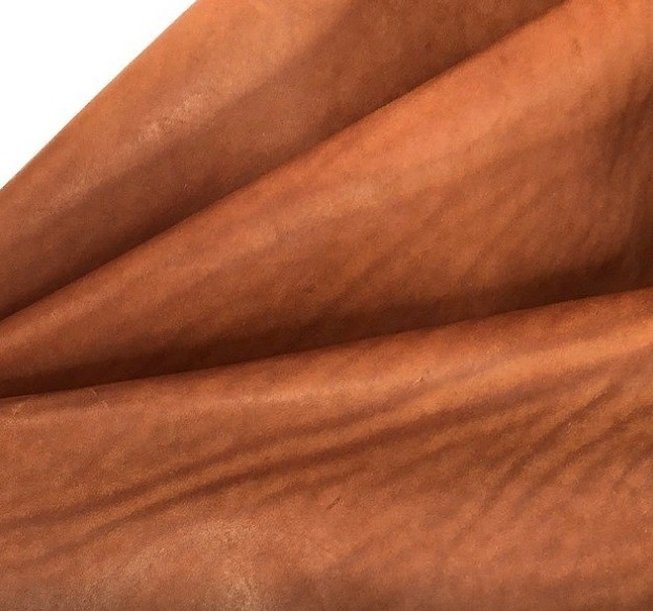
According to its purpose, leather is divided into:
- Shoe leather. Few people thought about what kind of leather there is for shoes. This type of skin is intended for the top and bottom of boots and shoes. The top layer should be breathable and stretch a little, the bottom layer is intended for the sole and insoles. Such material should be rigid and resistant to bending, mechanical damage and moisture.
- Saddlery. It is used to make bags, belts and other accessories. Cattle and pig skins are suitable for this. The main requirement for the fabric is wear resistance and durability. The saddlery type is a favorite material for handicrafts.
- Clothing and haberdashery. The highest aesthetic demands are made on this material. Such fabrics are full of variety and differ from each other in design and artistic finishing.
- Furniture is made from whole animal skins. The main requirements for it are resistance to abrasion, good air permeability and hygroscopicity.
- Automotive. Since leather interiors are found mainly in expensive business-class cars, the properties of the material must be unique. It is necessary that the products are highly resistant to tearing and abrasion. Such indicators as moisture resistance and elasticity are also of great importance.
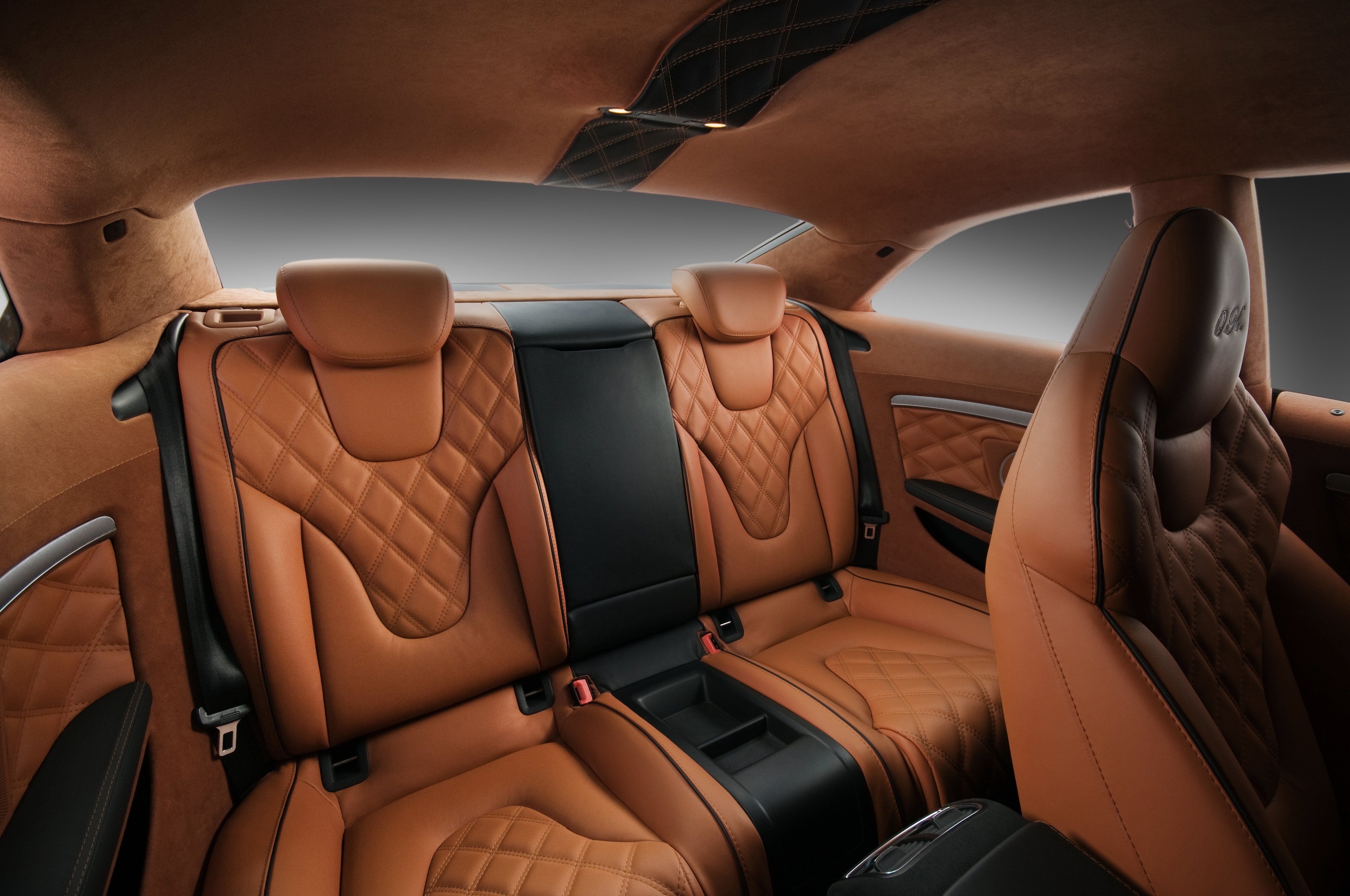
Types by type of raw materials used
There is also a classification of skins by type of raw material. The main types that are presented on the Russian market include:
- Pig skin. It is the cheapest type, as it has an unpresentable appearance and poor structure, which cannot even be compared with the hide of horned cattle. This material has many disadvantages. The main ones include poor elasticity, an unpleasant smell that is difficult to get rid of. In addition, it is very hard and quickly gets wet. Basically, pig skin is used as a lining material.
- Calfskin. It is used to make clothes, furniture upholstery, bags and many other accessories. This fabric is distinguished by good wear resistance and elasticity. The skin does not break or crack, so the quality of cowhide is famous all over the world.
- Goat skin. Products made from this skin occupy 9% of the Russian market. Compared to calfskin, it is more tear-resistant. Products made from this material are very warm, waterproof, but at the same time "breathable". Goat skin is very soft and pliable, as it is covered with lanolin (goat wax). It is thinner than calfskin, therefore lighter. Outerwear, shoes, bags and some accessories are made from this skin.
- Deer skin. It is soft and elastic, has no creases. The most common material is suede deer skin, which is distinguished by its velvetiness. Warm gloves, briefcases and wallets are made from this fabric.
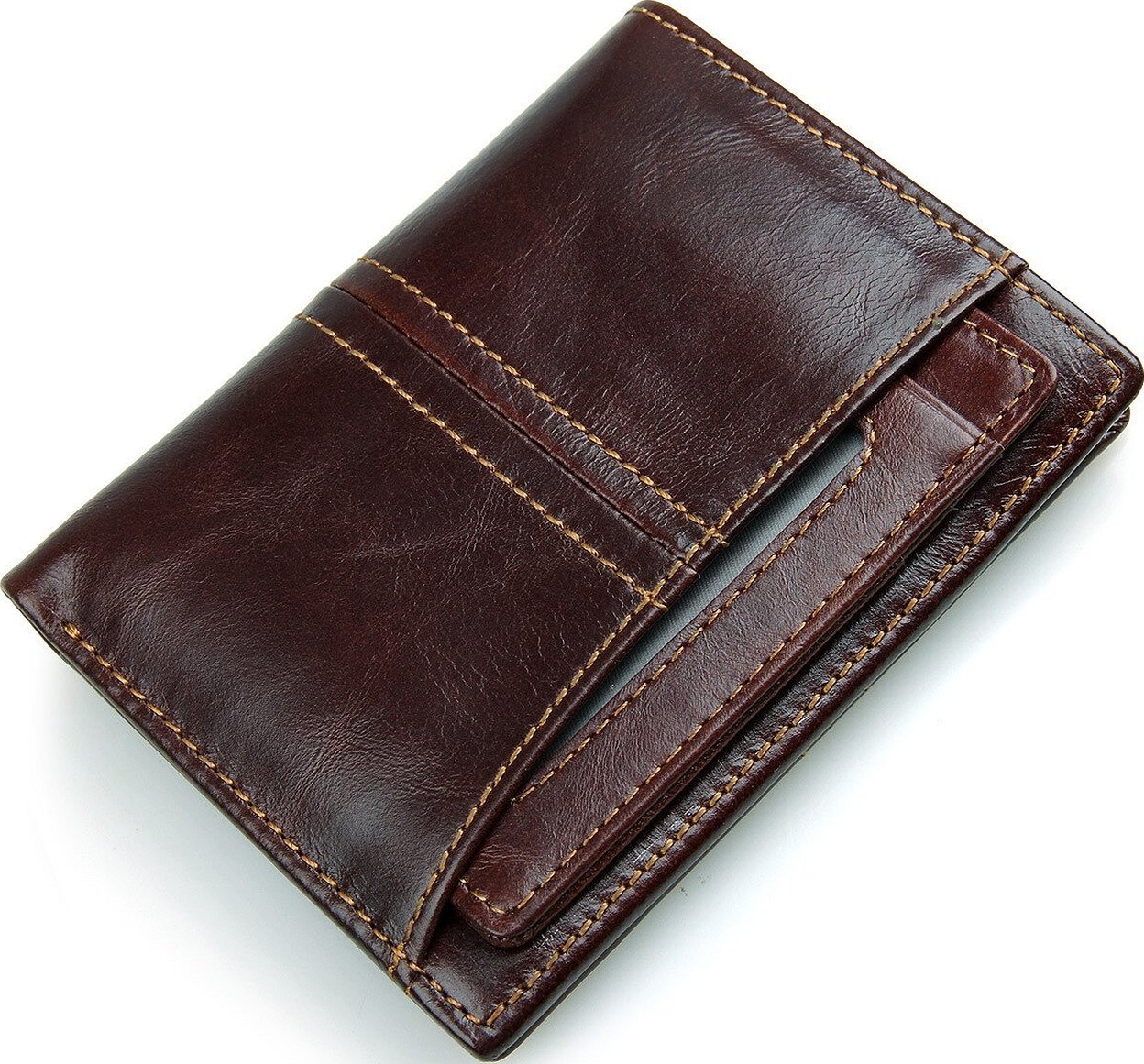
Important! Deer skin is considered the warmest.
Types depending on finishing
The skin can be either smooth or textured. Everything is clear with the smooth type, but not everyone knows what textured leather is. Textured skin is a fabric with an uneven surface. To obtain it, the material is quilted, draped, cut, and woven.
Depending on the finish, leather is divided into the following types.
Spiluk (split velour) is a semi-finished product of genuine leather, which is obtained by dividing the skin of animals into three parts. The top layer is considered the highest quality and most expensive. The middle layer is of average quality. It is covered with artificial material. And the bottom layer (flesh) is used to produce glue and technical gelatin.
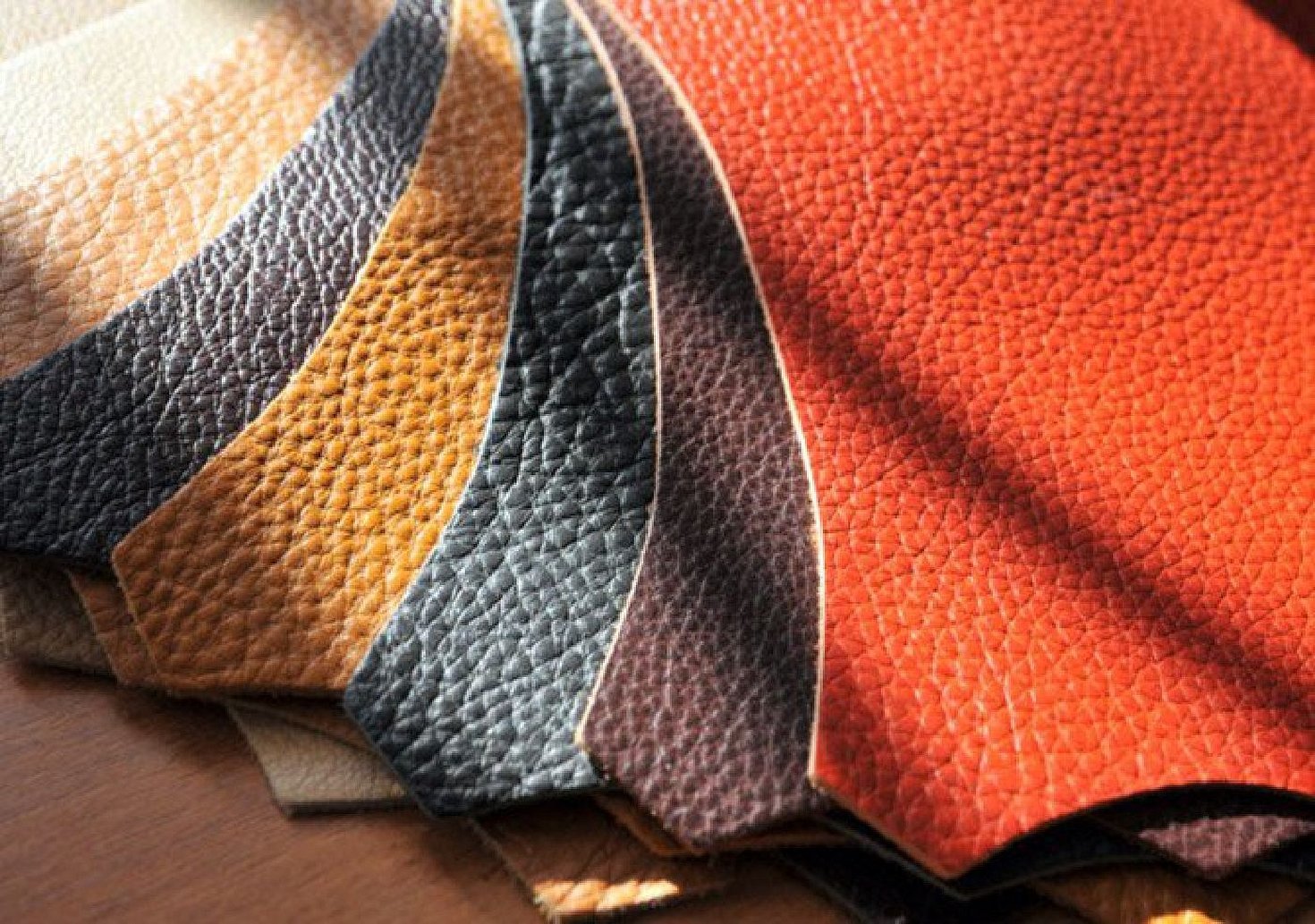
Nappa leather "Natura" is a well-processed hide of horned cattle. This fabric is very soft and has an even color. It is mainly used to produce leather jackets. The price for such material is relatively low. The membrane fabric used for sewing tourist jackets is especially famous, as they protect well from moisture and wind.
Palma Dollar leather has a high density, due to which it does not stretch prematurely on load-bearing parts of furniture. Also, products made from this material are resistant to dry and wet friction.
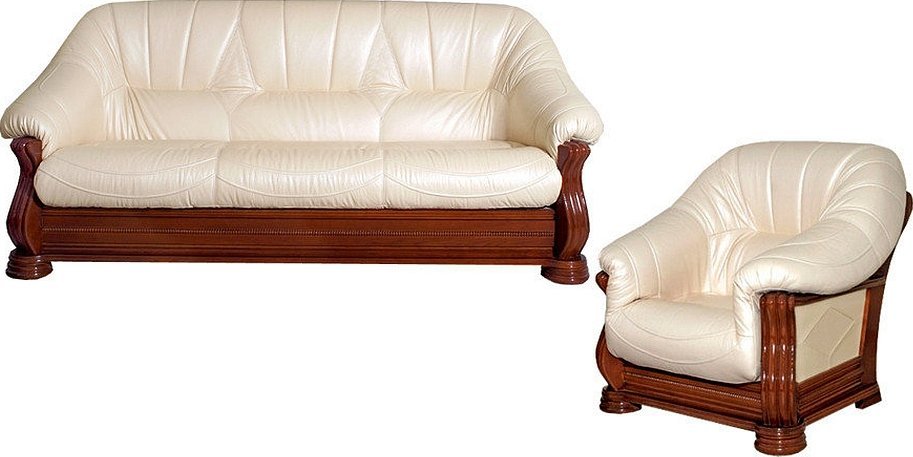
Shoe leather is made from the hides of cattle, pigs, goats, horses and other animals. Its main advantages are: moisture resistance, vapor permeability, as well as resistance to tearing and compression, due to which the product is not subject to deformation. It is used to make not only shoes, but also bags, briefcases, belts and gloves.
Haberdashery leather is a special type of skin that is used to sew wallets, bags, gloves and other types of products. Basically, these are expensive products that emphasize the elite status of the owner. Cattle skins are used to produce haberdashery leather.
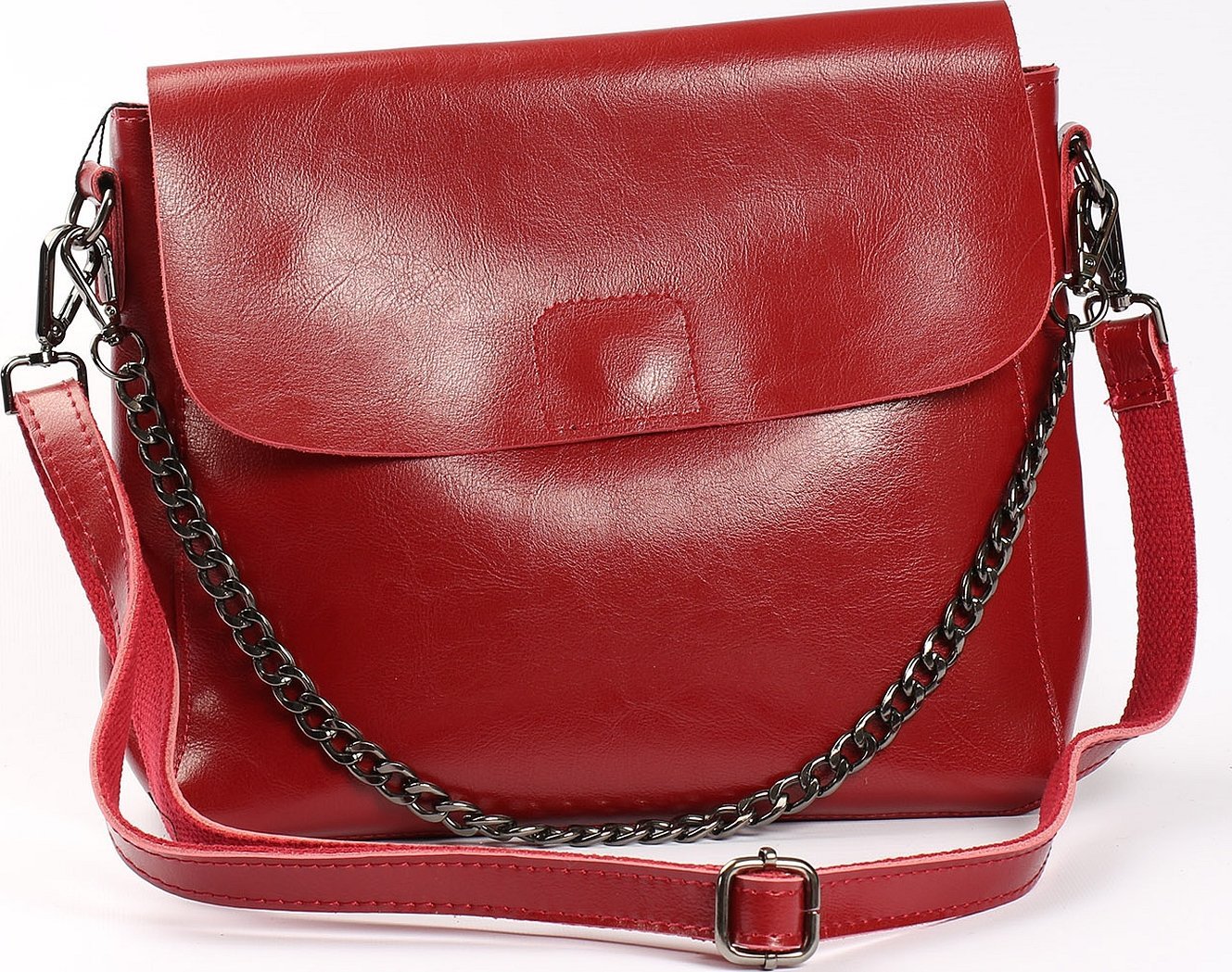
Cheprak. This material is made from the hides of cattle, which are taken from the back of the animal. The material (leather) is great for making insoles, harnesses, and various accessories. What kind of leather is Cheprak? It is the thickest of all the types presented.
Shagreen is a leather that is made from different types of raw materials. Its pattern resembles goat skin. The material is soft and slightly rough to the touch. This material is used to upholster furniture, it is used for compositional interior decoration, and bags, clutches, wallets and keychains are also made from leather.
Chevrette is the name of the leather obtained by tanning the skins of sheep and rams. Its main feature is its small thickness of 0.6-1.5 mm. Bags, clothes and shoes are made from chevrette.
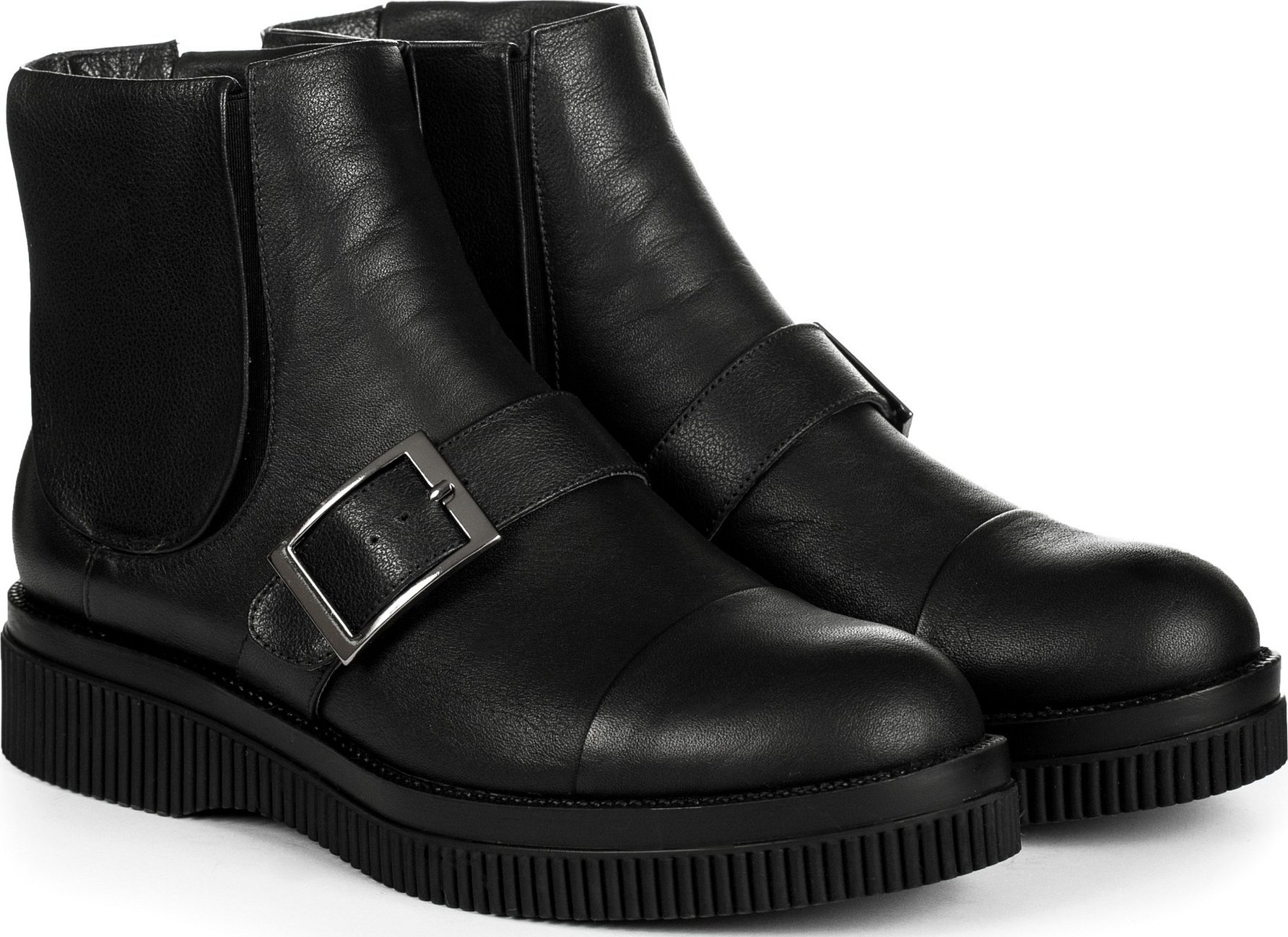
Patent leather is famous for its incredible shine, which is why products made from this material have been very popular for many years. It is made by chrome tanning. After finishing, linseed oil and nitrocellulose are applied to the surface, which is what produces such a unique shine.
Please note! In care and wearing, genuine patent leather is quite finicky. In frost, it cracks, and in hot weather, it melts and stretches too much. Also, such products do not like dampness and dirt.
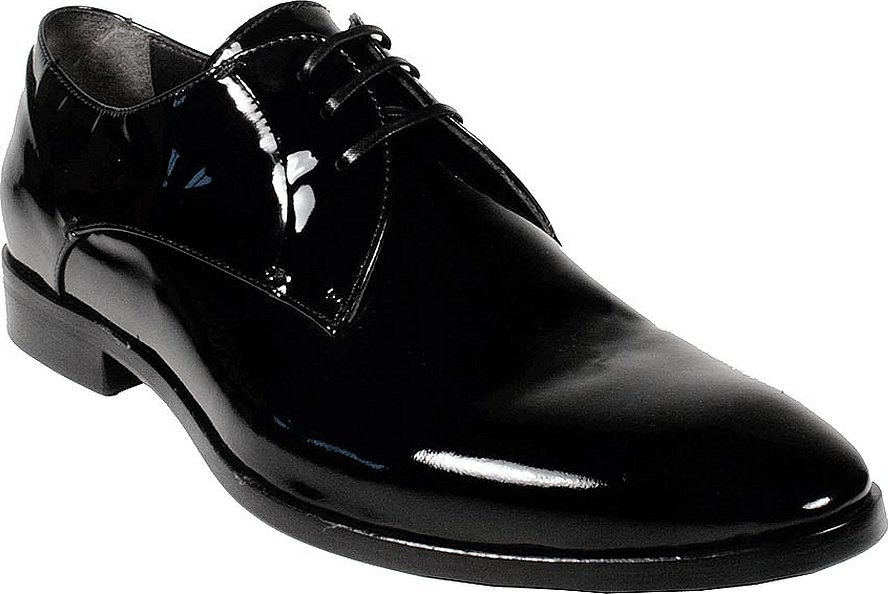
How to check originality and quality
In order to make money, sellers often pass off synthetic polymer materials as natural ones. In order not to make a mistake and not waste money when choosing leather for sewing clothes, you need to learn how to distinguish the original from the fake.
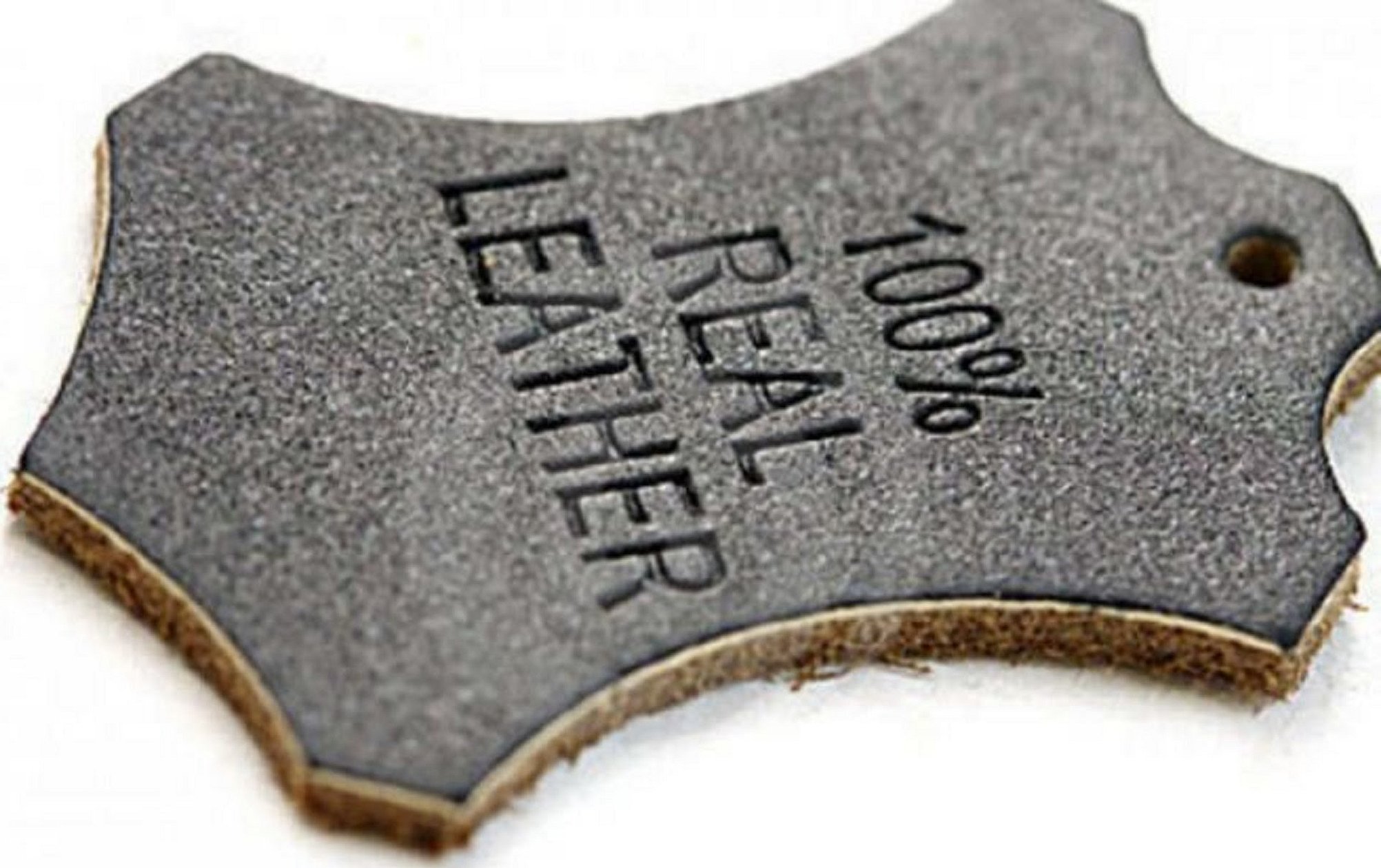
There are several indicators that you need to pay attention to when choosing a product:
- the tag that comes with the product should have an animal skin drawn on it, which indicates the organic origin of the material. However, there are already craftsmen who have learned to forge such labels;
- the original material has a specific smell. It is not too sharp and you can't call it unpleasant either. However, you can make a mistake in this point. There are substances that easily imitate skin odor;
- analysis of a raw piece of fabric. It can be seen on the seam or on the pockets from the inside. If the edge is non-woven, not fibrous and does not delaminate, then you have natural material in your hands;
- fire test. As an experiment, you can set a piece of fabric on fire. If it does not catch fire, but slowly smolders, then it is natural fabric. Inorganic fabric burns instantly. However, not every seller will allow you to set their product on fire. In addition, many things are treated with special mixtures that prevent the fabric from igniting;
- the ability to absorb moisture. If you drop a little water on natural leather, it will be absorbed, and a darkish mark will remain;
- ability to store heat. If you put your hand on a leather surface for a while and then remove it, the material will remain warm. Artificial fabric cannot store heat, and even a sweaty trace will remain from the hand.
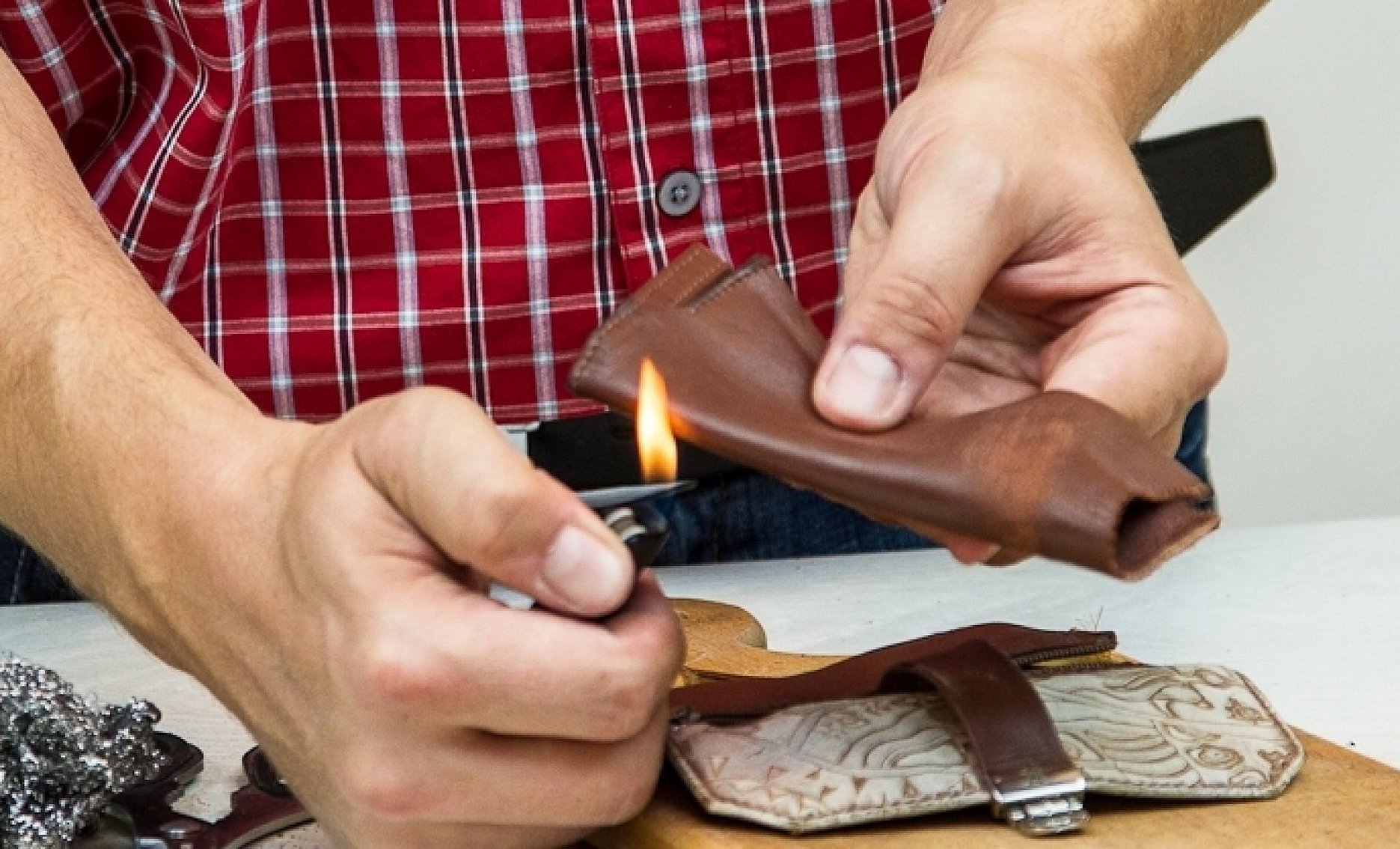
Genuine leather is often not cheap, but it is better to buy quality items that will last a long time and look presentable than cheap eco-products that will fall apart in four weeks. Woven outerwear cannot be compared with this material at all, although the tandem of these two fabrics looks quite impressive.




